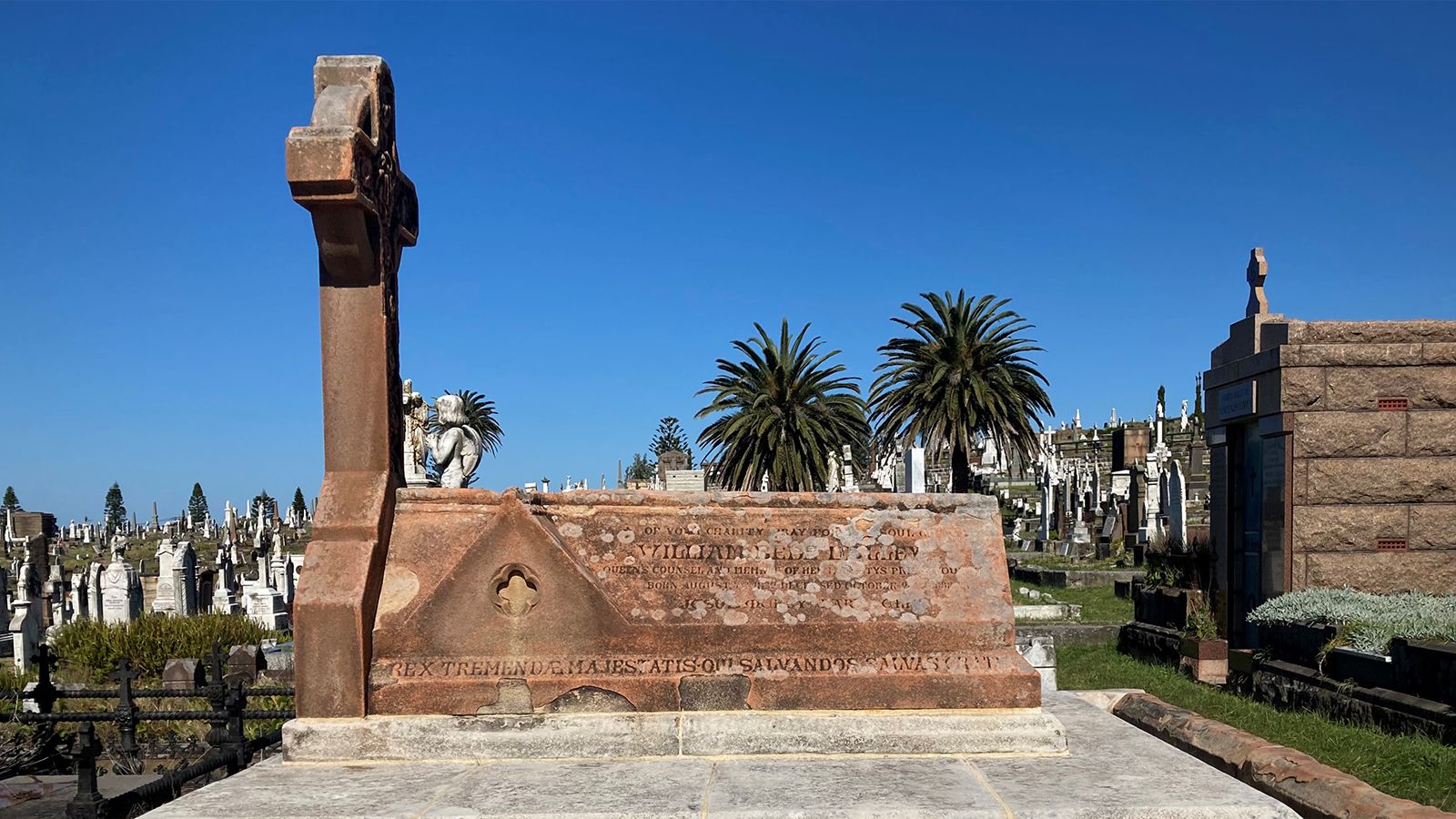European exploration of the coastal region around Sydney began in the early 19th century, with the establishment of a military outpost at South Head in 1811. As the settlement grew, the need for a cemetery to serve the expanding community became evident.
In 1868, Waverley Municipal Council identified a site for a new cemetery to accommodate the growing population of the Eastern Suburbs. Land was set aside for this purpose, and the cemetery was officially opened on 1 August, 1877. The first burial took place just a few days later, on 4 August, 1877, marking the beginning of Waverley Cemetery's legacy.
Designed as a reflection of Victorian ideals, Waverley Cemetery was laid out in a geometric fashion, with wide avenues and neatly arranged plots. The use of Italian Carrara marble for the monuments became one of the cemetery’s most distinctive features, enhancing its sense of grandeur and reverence. The cemetery’s first manager, William Thomas, oversaw the development, ensuring that it met the strict bylaws governing the style and layout of the gravesites.
Waverley Cemetery was not just a burial ground but a symbol of the community’s moral values and prosperity. By 1890, with the arrival of the steam tramway, Waverley became more accessible to the public, further cementing its status as a treasured part of Sydney's cultural landscape.
In the years following its establishment, Waverley Cemetery expanded, acquiring additional land and incorporating new features such as the Caretaker’s House, Cemetery Lodge and various monuments. By the early 20th century, the cemetery had become a site of historical significance, with numerous memorials representing Sydney's diverse social and cultural fabric.
The introduction of cremation services and the installation of ash gardens reflect the changing preferences of the public as land for traditional burial sites became scarcer. Today, Waverley Cemetery remains a place of peaceful reflection, connecting the past to the present in a way that honours both individual lives and the broader history of the community.

